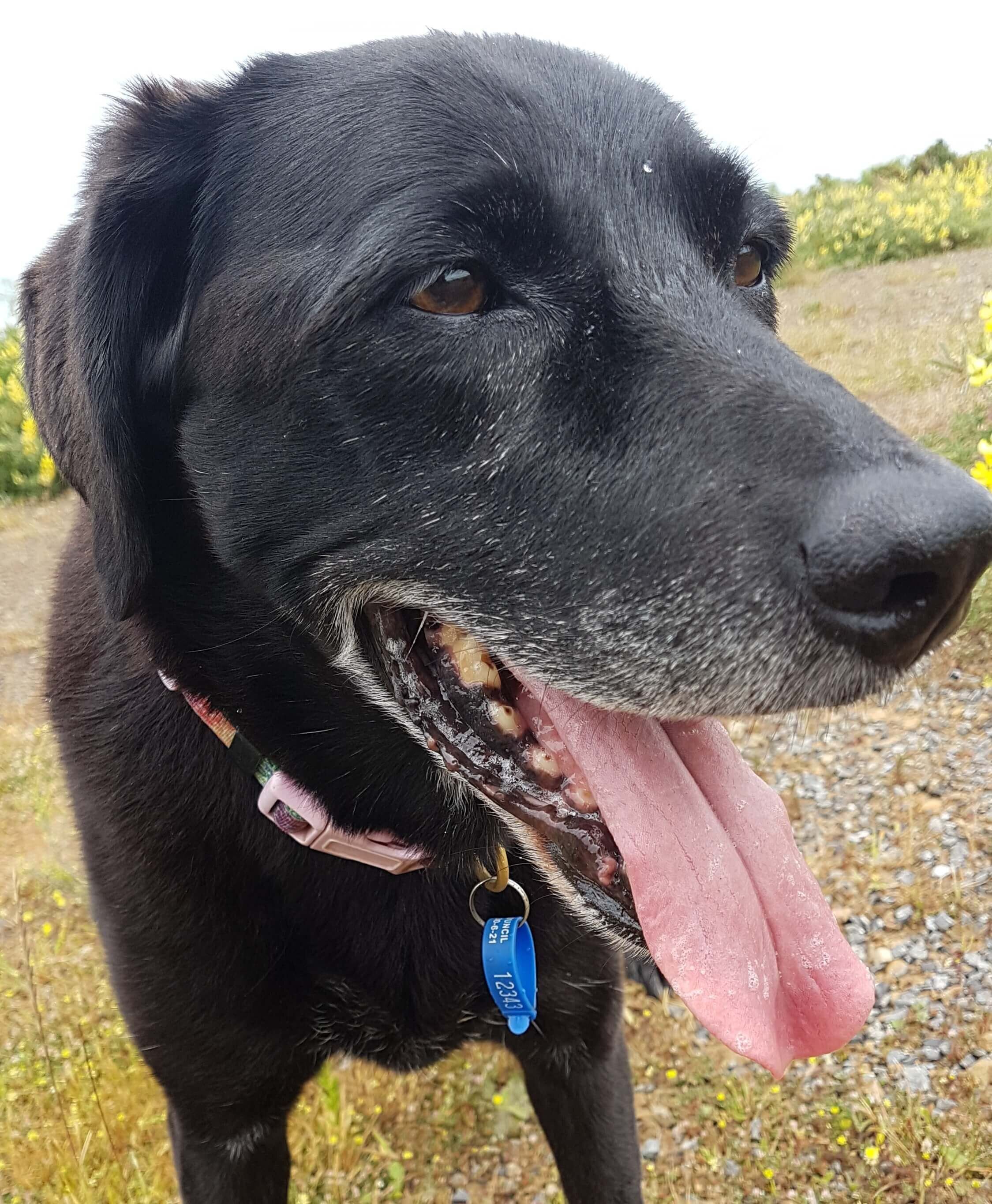How to move house with your dog
Moving house can be really stressful and in this video, I give you tips to make moving house with your dog as smooth as possible.
Should you move your dog first or last?
If you have to choose, I’d recommend moving your puppy to the new house after you’ve moved all your furniture.
Keep them in their safe zone or their own room at the old house while all the moving is going on to keep them out from underfoot and to reduce their stress and confusion.
But the best way to move house with a dog is to arrange for them to stay at a friend’s house or with a pet sitter on moving day, or even overnight.
This will give you time to arrange your new house so that when you bring them home, you can start helping them acclimate right away.
If you go this route, do some practice sessions beforehand so your puppy is comfortable at your friend or pet sitter’s home.
Set up their safe zone
This may be their crate, playpen, or their new room. Set it up with all their usual toys, bedding, and treats.
Resist the temptation to buy a new bed or new toys. The aim is to keep your dog’s life as normal as possible during the move and having their own things will help them settle quicker.
Supervise their exploration
Go with them while they explore the house.
You’ll be needed for reassurance and to keep an eye on them so they don’t pee and poop all over your new house. Even toilet trained dogs will make mistakes in new environments.
Then do some simple command training in each room. Practice “Sit” and “Watch”.
By doing this, you’re reminding your pup that focusing on you is the most important thing for them and you're building up a positive association to that new space.
How long does it take for a dog to adjust to their new home?
The first few nights (or weeks in some cases) in your new home may be unsettling.
You’ll probably hear every creak and new weird sound and you can bet your dog is hearing those too.
Your dog’s sense of hearing, smell, and sight are more powerful than yours so they’ll be picking up on things you can’t even register.
Cut them some slack as they adjust to their new home.
You could put on an all-night relaxation sounds track that will block out a lot of the new house-related sounds. You’ll find heaps of free options on Youtube.
Prepare your pup by playing this for them for a few weeks leading up to the move so they’re used to it.
Keep their routine as normal as possible
If you can, take a few days off work so you can help your dog get used to their new space.
Practice some alone time training and take them out for exercise on their regular schedule.
Potty training in your new home
Make sure your dog knows where to go to the toilet in their new home.
Even if they’re potty trained, they’ll still need to be taught where to go in their new space.
Be prepared to go back to potty training basics for a few days and take them to their toileting area more often than you normally would.
Reward with praise, love, and attention when they go in the right spot.
If your puppy isn’t fully toilet trained, save your seat in one of my Puppy Potty Training Workshops
Puppy proof your garden
If you have an outside area, make sure there aren’t any poisons, screws, nails, tools, or cigarette butts left by the previous owners.
Check the fence from the puppy’s perspective. You may need to get down on your hands and knees and make sure the fence is secure and there aren’t any holes they could squeeze through.
Also check that there’s nothing they can use to jump over the fence, like a compost bin or trash can. Dogs can get very creative and pull out some amazing Parkour moves when they want to escape.
Keeping your stress levels under control and keeping your puppy’s life as normal as possible will help your dog settle into their new home.
For more puppy raising tactics, save your seat in my free masterclass
“3 Simple Tactics for Raising a Well-Behaved Dog”










